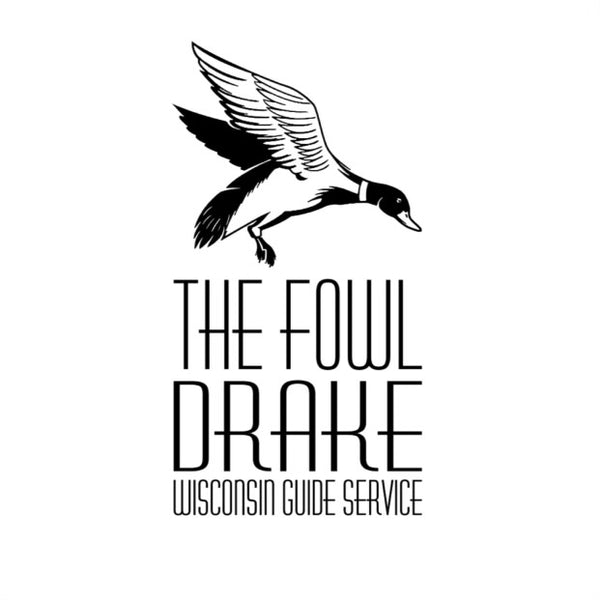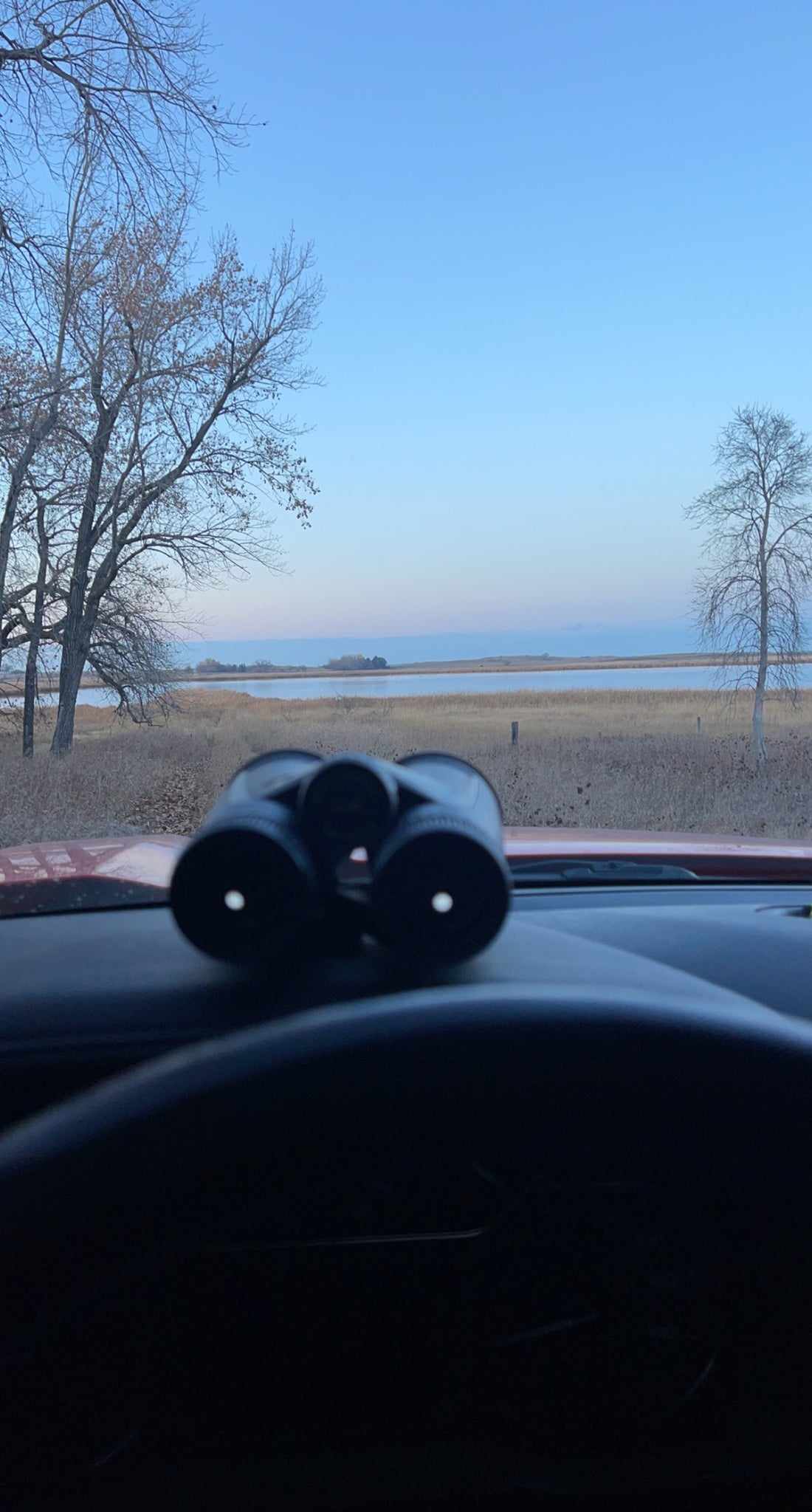Waterfowl Scouting Techniques
Scouting is an important part of any successful waterfowl hunting trip. By identifying areas where waterfowl are likely to be found, hunters can increase their chances of success and enjoy a more rewarding hunting experience. In this blog post, we will discuss some tips and techniques for scouting waterfowl.
Understanding Waterfowl Behavior
The first step in successful waterfowl scouting is to understand the behavior of the birds. Different species of waterfowl have different habits and preferences when it comes to feeding, roosting, and traveling. Understanding these habits and preferences can help you to identify areas where waterfowl are likely to be found.
Scouting Early and Often
Waterfowl are most active early in the morning and late in the evening, making these the best times to scout for birds. Plan to arrive at your scouting location at least an hour before sunrise, and stay until at least an hour after sunset. Scout often to get a sense of the bird's movement patterns and to identify new areas where they may be found.
Identifying Feeding Areas
Waterfowl feed on a variety of foods, including aquatic plants, seeds, and insects. Look for areas with a mix of food sources, such as marshes or shallow water with vegetation. You can also use binoculars or a spotting scope to identify the species of birds present in the area.
Identifying Roosting Areas
Roosting areas are places where waterfowl rest or sleep during the day or night. Look for areas with natural cover such as tall grass in marshes, cattails, or areas with tall trees or shrubs next to water. Roosting areas can be difficult to identify, so it is important to scout early in the morning or late in the evening when birds are most active.
Identifying Travel Routes
Waterfowl travel routes are paths that birds use to move between feeding and roosting areas. Look for areas with open water or natural features such as rivers or creeks that birds may follow. Travel routes can be difficult to identify, so it is important to scout often and look for signs of bird activity such as birds feeding in fields, droppings, or piles of feathers.
Conclusion
Scouting is an important part of successful waterfowl hunting. By understanding waterfowl behavior, scouting early and often, and identifying feeding areas, roosting areas, and travel routes, hunters can increase their chances of success and enjoy a more rewarding hunting experience. Remember to always follow all state and federal hunting regulations, and to practice responsible and ethical hunting practices. Happy hunting!

